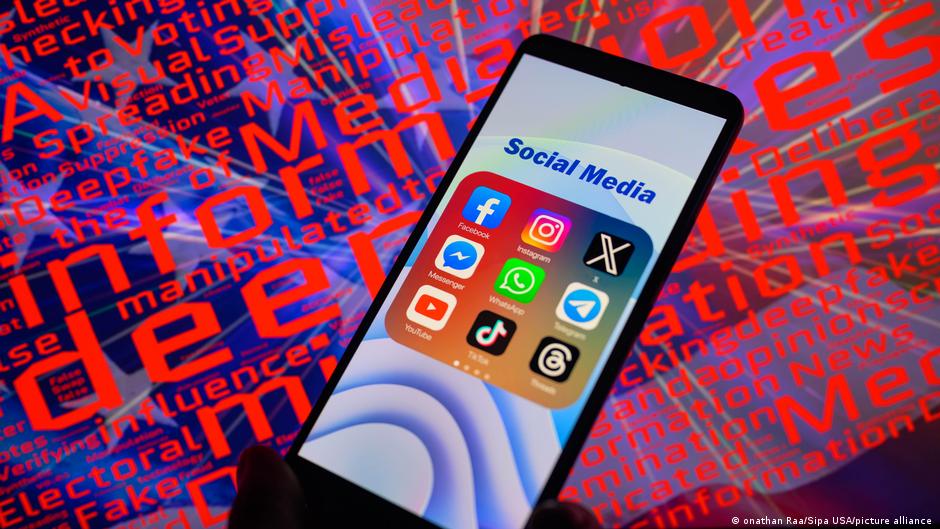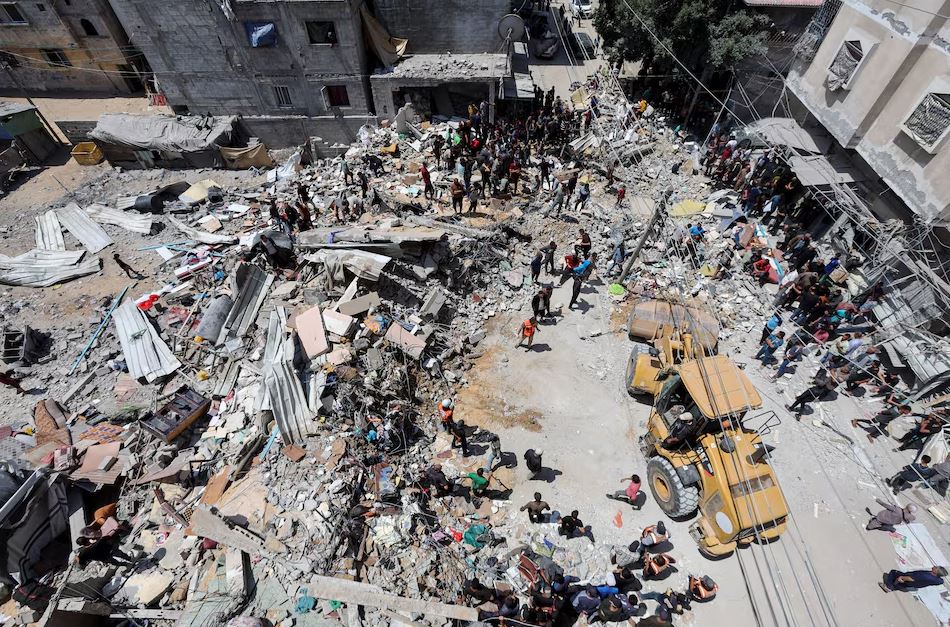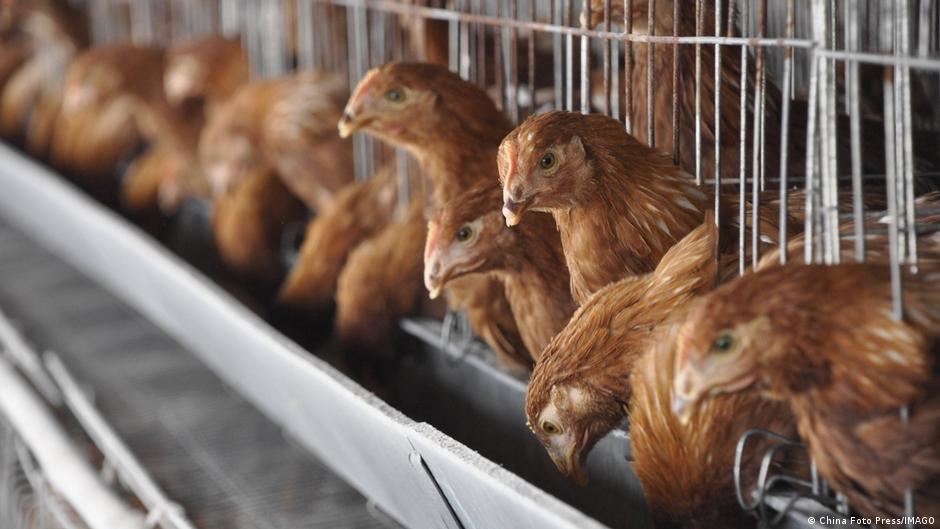- Reuters
- 3 Hours ago
Is YouTube India’s next battleground for free speech?

WEB DESK: Journalists and commentators in India post content on YouTube in order to avoid pressure from the government. But officials are already tweaking laws to expand their influence onto the platform.
YouTuber Dhruv Rathee, a 29-year-old Indian living in Germany, has recently set Indian social media humming with a video criticizing the direction his country was moving in under Prime Minister Narendra Modi.
Rathee’s video “Is India becoming a DICTATORSHIP?” (sic) has amassed over 24 million views since it was uploaded in late February. The creator cited instances of media control and claims of state agencies being used against opposition leaders, eventually alleging that these efforts are part of a broader trend to silence Modi’s rivals.
Rathee has some 17.6 million subscribers on YouTube. And the platform is booming in India — it currently has over 460 million users in the world’s most populous country.
By 2029, YouTube is expected to have over 859 million Indian users, according to estimates by Statista, an online platform specializing in data gathering and visualization.
As more and more people turn to YouTube to get news, more journalists are also migrating to the platform to cover Indian news and politics, hoping to find a way out of India’s polarized media landscape.
Newsrooms ‘diminished’
The space for independent reporters in India’s traditional newsrooms has been shrinking for a while.
Independent journalist Ravish Kumar, one of the country’s best-known media personalities, says journalists have been ideologically transformed and are doing journalism influenced by the state.
“Even if there is a political change, it will not change the situation in the media. The way the newsroom has been diminished, there has been a cascading effect in local newsrooms across states in India as well,” says Kumar, who left the mainstream NDTV media channel and turned to YouTube.
He is now a one-man media company boasting 8 million subscribers on YouTube after he launched his channel in October 2022.
“Mainstream media does a banal analysis of data and there is very little factual analysis of the prime minister’s speeches. There is only a reproduction of biases which has been done in the last few elections,” Kumar told DW.
Tweaking laws to control messaging
Recently, however, the government has been pushing amendments to existing media laws.
The laws include the Telecommunications Bill of 2023, the draft Broadcasting Services (Regulation) Bill of 2023, and the Digital Personal Data Protection Act of 2023. Critics say that officials want to have more control over what can be posted on the internet.
Last week, YouTube removed the channel of digital Hindi news outlet “Bolta Hindustan,” which had close to 300,000 subscribers. YouTube refused to give reasons for the suspension, but some reports indicate this was done on instructions from the Indian government.
The move also comes just months after the “Bolta Hindustan” handle was suspended on Instagram.
“The government has a way of getting to you,” political satirist Akash Banerjee told DW.
“You cannot fully be yourself. Of course, there is self-censorship here, too. One must be controlled, as I know the knock on my door can happen, too,” said Banerjee, who hosts the political satire channel The DeshBhakt (The Patriot) on YouTube.
BJP boasts its own influencers
Indian authorities have blocked 104 YouTube channels and 45 videos from the beginning of 2021 to October 2022, under provisions of the Information Technology (IT) Act, which can be invoked to restrict access to content in the interest of the sovereignty and integrity of the country. The government has also repeatedly clashed with X, formerly Twitter.
Last year, social media platforms were directed to block a BBC documentary that implicated Modi in the 2002 Gujarat riots.
Sharing links and clips from the documentary was banned, and the government deployed police to stop students from screening the film.
On the other hand, the ruling Bharatiya Janata Party (BJP) has moved to rope in YouTube and Instagram influencers to promote its campaigns and shape voters’ opinions ahead of the general election set to start this month.
‘The crackdown has been way too transparent’
Digital players have been doing more public interest journalism, news, and commentary than legacy media over the past several years, said Abhinandan Sekhri, co-founder and CEO of an Indian media watchdog “Newslaundry.”
“The government sees this and has since amended and introduced several rules and to have more control and tighter regulation of the digital space,” Sekhri told DW.
“The blocking of YouTube channels and social media accounts is only the next step in this ongoing trend. The crackdown has been way too transparent and unselfconscious for any self-respecting democracy,” he added.
‘Fake news’ watchdog put on hold
And yet, there are some positive signals for those who believe government is trying to tighten its grip on the media.
In March, India’s Supreme Court put on hold a official initiative to identify fake news related to the government.
The official Fact Check Unit (FCU) had been formed to respond to any posts that it deems fake, false, and containing misleading facts about the business of the government. Part of the response would be flagging those posts to social media intermediaries.
The initiative was challenged in court by stand-up comedian Kunal Kamra, who argued that the FCU regime will coerce social media companies to implement censorship of online content about the government.
“The establishment of FCU would muzzle speech against the government. The new IT rules will have a chilling effect on free speech. Elections are coming, public must have all information about the government, not information filtered out as fake by government,” Kamra told DW.




